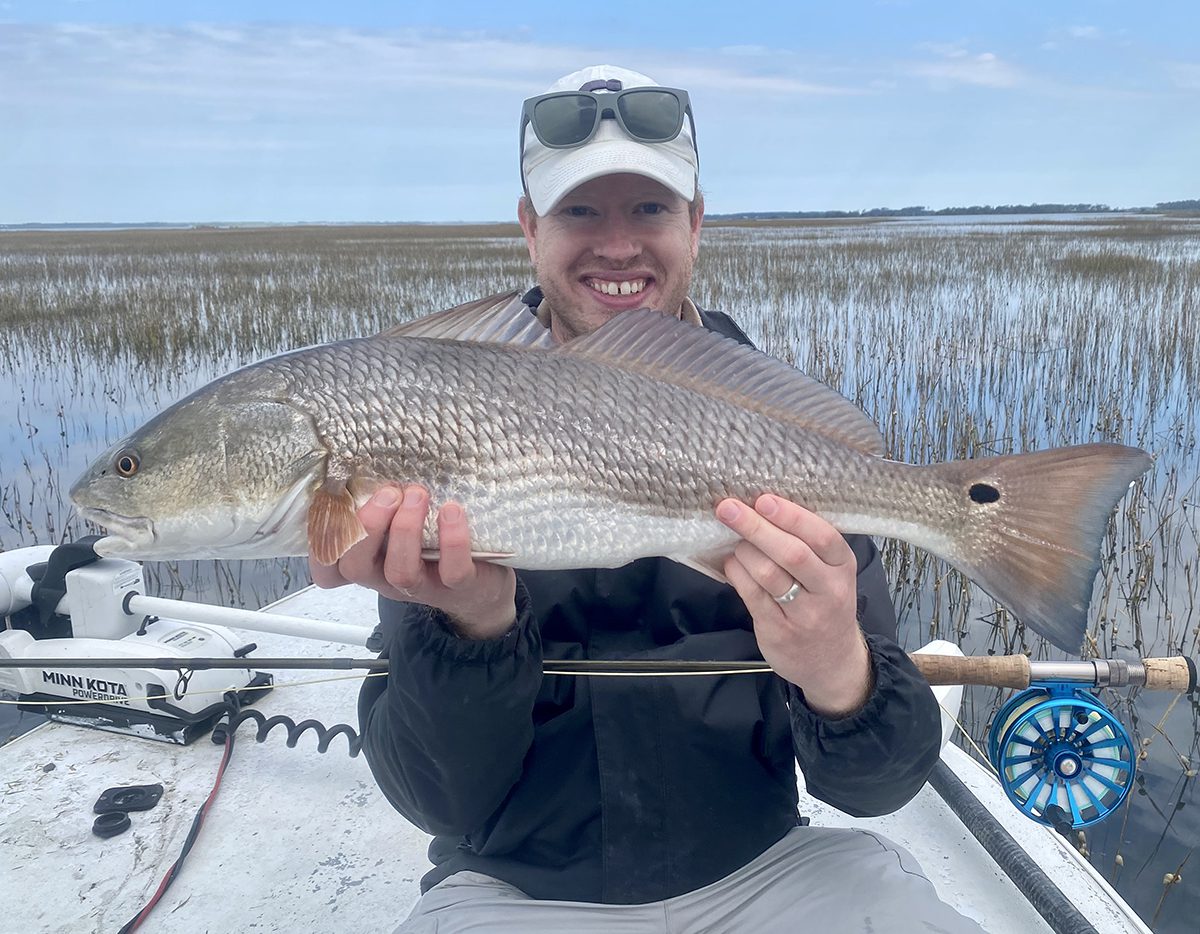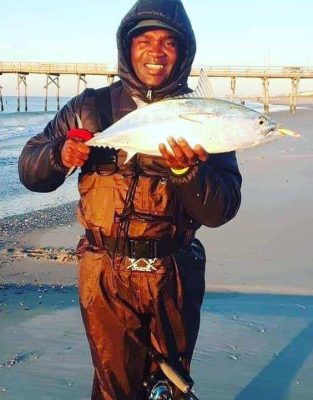
Fall is here. Days are getting shorter. Temperatures are dropping. Women — and men — are getting their favorite sweaters out of their closets. It’s happening. Fishing is going to start getting dramatic around here.
The decreasing photo period each day drives fish to start making decisions and preparations that will put them in obvious locations for us to target them. Let’s take a look at a typical fall day and see what we can do.
Sponsor Spotlight
We check the forecast and it looks like there will be light north winds blowing for a couple days and continuing into the day we want to fish. Let’s take a look at the tides. We’re going to have a rising tide in the morning with full high around 11 a.m. Check the current and tide heights. Not going to be too high and the current will be moderate. That means if we get started around 7 a.m. the current will be moving nicely but not too strong and the tide’s not going to be so high that the fish can disappear on us at the peak.
Now, let’s make a plan.
Let’s assume we have a center-console boat from 18 to 22 feet long. We can cover a lot of ground in a boat that size. Not shallow-draft enough to fish way back on the flats. Not big enough to really fish offshore. Just medium enough to get around.
We’ll find a place where there are channels through marsh grass near a river mouth. Speckled trout will stage in these areas. It just so happens they bite quite nicely on a morning incoming tide. Let’s be there first thing and have a variety of jigs in different weights and plastic tails in various sizes and colors.
Sponsor Spotlight
We’ll find a spot in a channel where the water is deeper on one side and quite shallow on the other. These neck-down type of zones are where they will congregate. We’ll anchor upcurrent of the deeper area and make long casts.

Try to be quiet with the anchor. If the fish are there, we should get bites right away.
We catch a couple and the bite slows down after 30 minutes. Quietly raise the anchor and slowly move down current a little ways to cover water we have not reached yet. Again, we quietly drop the anchor and repeat. We’ll do this all the way down the channel. As long as nobody blows through the middle with their big motor on full blast and scaring all the fish out and swamping us with their wake, it should be fine.
I don’t know anybody who would do that anyway (or maybe I do).
As the tide nears its apex the bite starts to slow. Time to do something else.
There’s a creek nearby with a nice hole at the mouth. Let’s cast-net some mullet. We’ll rig them on Carolina Rigs. (You do know what Carolina Rig is don’t you?) Fish the mullet in the hole. Anchor on the upcurrent side again and let the baits sweep down in the hole. Set the rods in the holders with circle hooks.

Oh, one is going down. Come tight. It’s a nice flounder. Is the season still open? It’s not. Let him slide back.
Now the other rod goes down. After a battle with a little more spunk, it’s a nice red drum. This is shaping up to be a good day.
The water is starting to get a little shallow for our boat. Time for another change of venue. Let’s head toward the inlet.
We’ll change out our rods for ones rigged with small metal jigs and 30-pound test fluorocarbon leaders. We changed the treble hooks to single hooks last night to make it easier on the fish and on us when unhooking the potential toothy critters we might encounter.
Spanish mackerel are jumping just outside the inlet. Pull up and cast our jigs in the school. Reel as fast as possible. Right away we’re both hooked up to nice sized macks. They are in the 18- to 20-inch range. Nice fish. They are spunky and fight hard. It feels like a snag when we hook up because they swim so fast.
A huge school of similarly sized bluefish suddenly starts blowing up all around us. Gulls are screeching and diving. Minnows are fleeing. It’s mayhem. The blues look to be around 25 inches or so. Maybe a little bigger. Five-pounders at least. When they bite, it’s a circus. They jump like crazy when hooked and try to take fingers with them. Use the pliers to get the hooks out. There’s fish blood and minnows all over the boat now.
Then we see a bigger set of splashes off to the side of the bluefish school. False albacore have moved in. It’s been about a year since we’ve seen these brutal battlers. Time to get our fishing line stretched out.
We move the boat in close and … the same guy who almost swamped us in the trout channel has cut in front of us. After mumbling a few choice words about him, we spot another group of albacore. We both launch casts and hook up at the same time. Both fish are now screaming line off our reels. After a 10-minute battle we are able to land our fish.
Look around. It’s over. The tide has bottomed out. It’s been a great day. We hang out for a while, hoping that something will start again as the tide stats to come in. But nothing’s really happening.
This is a typical day this time of year, repeated all along our coast. It pays to be prepared to do a variety of things over the course of the day. Because a variety of things is pretty much what we expect to see.
Make the plan. Execute the plan. Be prepared with options to the plan. That makes for success on the water during autumn.







